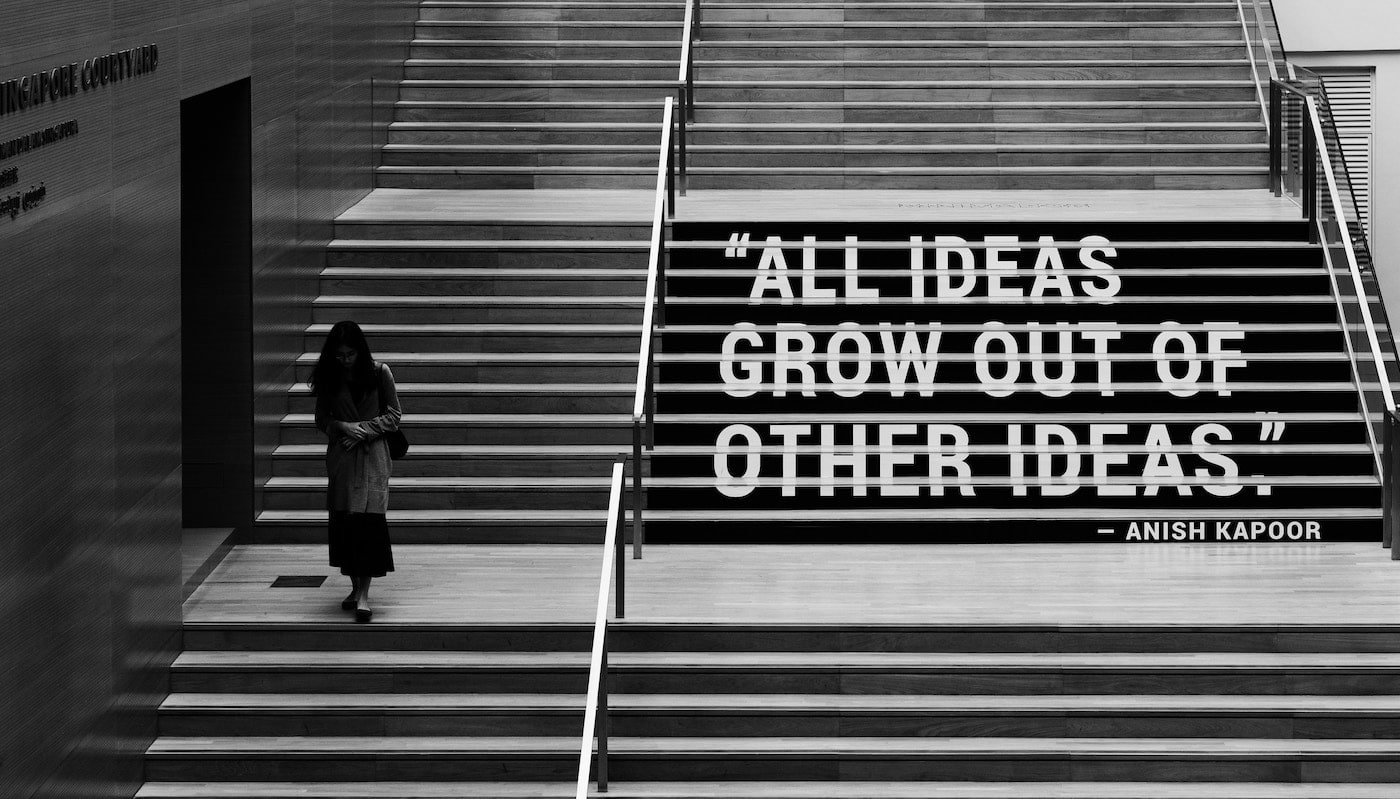What Can We Learn About Facebook From AOL?

In the earliest days of the internet AOL helped to get millions of people online by creating a single safe, easy space for people to get everything they needed. It made it easy for us to dip our toes into the vast universe that was the World Wide Web, but as we can see now, that’s all we were getting: A tiny taste of what’s possible.
Facebook may well turn out to be the AOL of the 2000s, but this time at a much larger scale. Think about it: Before Facebook, there were a few sketchy options out there that had solidified themselves in the dark corners of the Internet but were struggling to break out into the general public:
Web: Mosaic, Webcrawler, Altavista
Social Networking: MySpace, Friendster, Classmates
Media: Broadcast.com, Salon.com
(5 bonus points to anyone old enough to have actually used all of those sites)
If we follow the logic, then Facebook and AOL reach the end of their respective usefulness when people get comfortable enough to branch out on their own, downloading other apps and personalizing their online experiences.
What are signs that this might be happening? Consider the following from AOL’s fall:
- Diverse and specific competitors emerge
- Rapid acquisition of similar businesses
- General backlash over the control that it has over its users
- Attempts to mirror its competitors’ features
- Impending government regulation
So What?
The wake of AOL opened up massive opportunities for publishers and businesses. For a moment, it felt like they were left wandering the web without direction, but quickly found that opportunities had popped up in specific areas on the Internet:
Search: Google, Yahoo
News: Mashable, CNN.com, Huffington Post
Social Networking: Facebook, Twitter
Fate, it seems, is not without a sense of irony.
Our opportunity now is to look around the corner – to think: What did most people miss in 2000 that we can learn from today?
We see the following significant opportunity: Like the previous diversification of the Internet, there will no longer be a one-stop shop. Facebook will still exist, along with its group of other social apps, but we’ll see an outpouring of new opportunities and places to interact with people and build community. Already we’re seeing social reorganizing itself in the following ways (note: each network mentioned below has many millions of active users):
Interest-based networking: Strava, Goodreads, Zomato, Vivino, NextDoor
Inter-organizational networking: Slack, Microsoft Teams, Facebook Workplace.
Novelty/fun: Tik Tok, EventBrite, SuperCell network
Chat: WhatsApp, WeChat, LINE, Telegram
Shopping/discovery: Instagram, Pinterest


